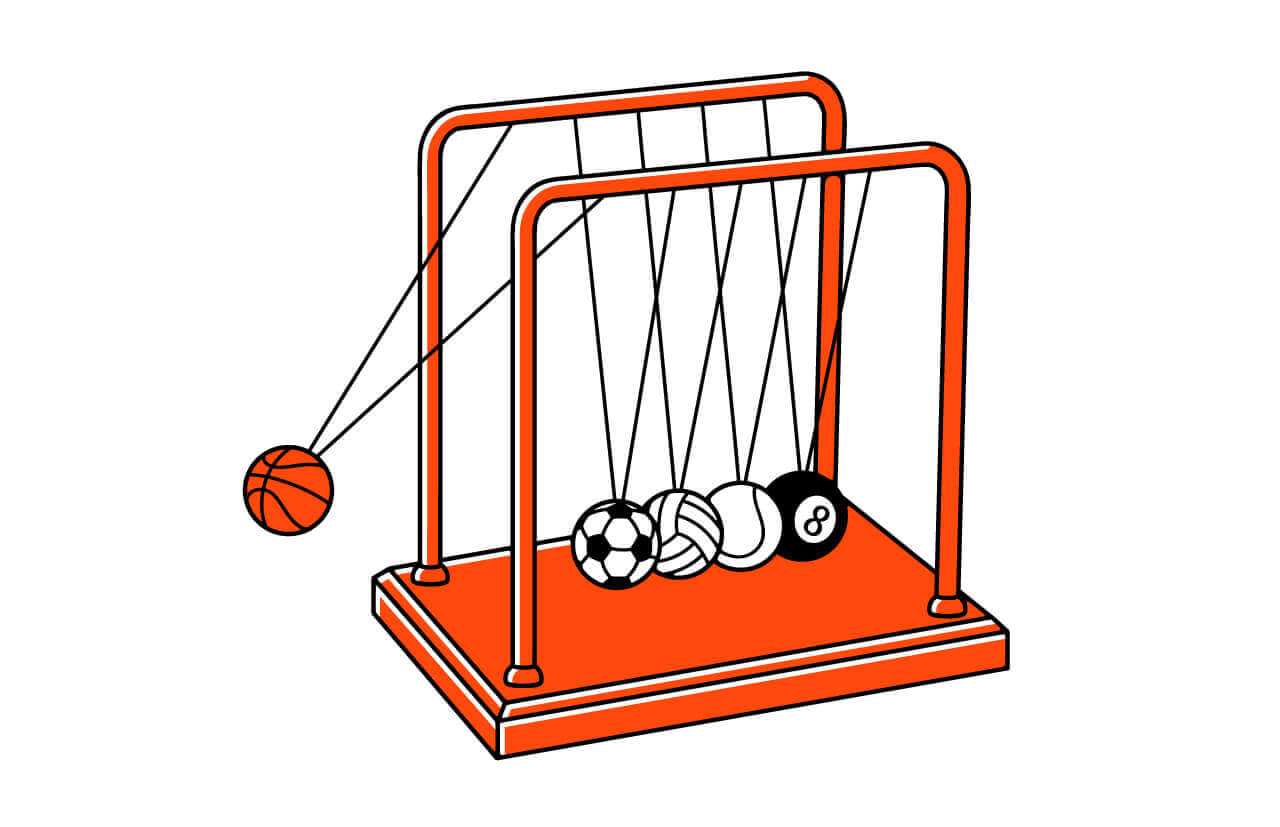In a rapidly moving environment, teams have to come together at record speed to bring innovative projects to life. Managing a team that works on the intersection of industries isn’t always easy, but it’s something that Miro’s senior editor Anna has mastered. Here, she walks us through the pros, cons, and challenges of cross-functional teams.
What's it called when there's a room full of different people trying to get the job done, but it keeps falling apart? A dysfunctional team. What's a multi-talented crowd that creates a professional synergy? A cross-functional team!
We sat down with Anna Savina, senior editor of a visual collaboration startup called Miro to discuss the pros and cons of cross-functional teams. Anna has major experience working with cross-functional teams whilst organizing Distributed – an online conference for over 14 thousand people that took half a year to plan. We took what Anna told us about her experience of managing such a team, and have distilled her words of wisdom into 7 actionable tips.
Tips for those looking to build a cross-functional team:
1. Start by defining the project objectives and the key tactics to achieve them.
Once you've selected the key metrics and strategy, you need to find people responsible for different parts of the project. Ensure that everyone on the team understands the scope of the work and has time for the project.

critical web design mistakes to avoid
2. Agree on how you'll measure the success of each team member.
It's vital that everyone has their own goal and understands what metrics are used to evaluate it. When a team member gets the opportunity to own their part of the project, it makes the manager's job easier as when people don't expect constant approval, they work more confidently and efficiently.
3. Don't forget to delegate: each component of the project can have one responsible person.
Delegating one spokesperson makes communication much easier. This doesn't mean that an individual should take on an unbearable scope of work – they can work in a team, but it's more convenient if all the reporting comes from one source.
In general, always strive to set up super strong communication standards and processes – all this creates transparency that helps everyone achieve their goal.
4. Agree on the communication channels that you'll use.
For Miro, it was a Slack channel dedicated to the conference and a kanban board in Miro, where we added tasks to monitor the team's progress.
In addition to communication channels, you need to agree on processes/routines. At Miro, we have two regular check-in points:
- Meeting every Tuesday morning where we discuss tasks. The team leader sets a goal for the week, which everyone breaks into small pieces and adds to the kanban board.
- Every Friday we share our victories of the week or help those who cannot complete the task on time.
5. Improve your facilitation skills.
If you're a project manager, your value is how well you can facilitate difficult conversations or lead workshops/brainstorms without losing sight of the project's goal. If you have a good team, your role will often resemble that of a moderator - you must be able to listen and understand the ideas and goals of people from different teams.
6. Make sure the business leaders are aware of the project and understand your challenges.
For your project to be successful, you need to find an executive sponsor. This will be one of the leaders in the company who understands how your goals integrate with the organization's goals and can support you if you need advice or resources.
Even after you've agreed on goals, it's helpful to meet with your sponsor and discuss the process of bringing the project to life.
7. Set up weekly short meetings, share your team's most important accomplishments on Slack, or show them the board in Miro.
The main point is that you communicate at a frequency that allows you to solve the problems that arise on time.
The main goal of cross-functional teams is to increase responsiveness, responsibility, productivity, and readiness for decision-making. This approach allows you to quickly and creatively achieve your business goals.
You don't have to rebuild the entire system at once to test the effectiveness of cross-functional teams. It's enough to single out one task and follow the advice above.
Subscribe to hear about legendary business pivots on our CTRL SHIFT podcast.





